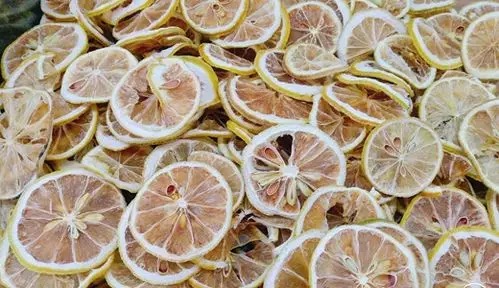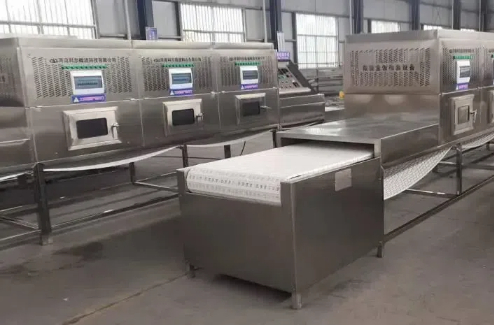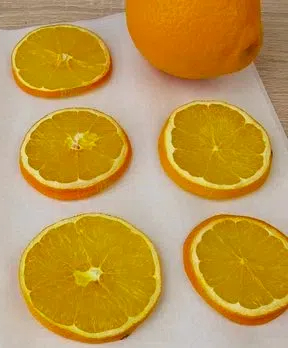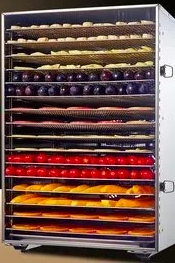
Content Menu
● Introduction
● What is a Food Dryer?
● Benefits of Using Food Dryers
● Types of Food Dryers
● How to Choose the Right Food Dryer
● Tips for Using Food Dryers Effectively
● Common Mistakes to Avoid
● Conclusion
● Frequently Asked Questions
>> 1. What foods can be dried using a food dryer?
>> 2. How long does it take to dry food in a food dryer?
>> 3. Can I use a food dryer for making jerky?
>> 4. How do I clean my food dryer?
>> 5. What is the best temperature for drying fruits and vegetables?
Introduction
Food drying is an ancient preservation method that has stood the test of time. It not only extends the shelf life of food but also concentrates flavors and nutrients, making dried foods a popular choice for health-conscious consumers. In this guide, we will explore the world of food dryers, their benefits, and how to effectively use them to create delicious, preserved foods.

What is a Food Dryer?
A food dryer, commonly known as a dehydrator, is an appliance designed to remove moisture from food. This process inhibits the growth of bacteria, yeast, and mold, allowing food to be stored for extended periods without refrigeration. There are various types of food dryers, including electric dehydrators, solar dryers, and microwave dryers, each with its unique features and benefits.
Benefits of Using Food Dryers
Using a food dryer offers numerous advantages:
1. Nutritional Benefits: Dried fruits and vegetables retain most of their nutrients, making them a healthy snack option.
2. Cost-Effectiveness: By drying seasonal produce, you can save money and reduce food waste.
3. Environmental Impact: Food drying is a sustainable practice that minimizes reliance on preservatives and packaging.
Types of Food Dryers
1. Electric Food Dehydrators: These are the most common and come with adjustable temperature settings and multiple trays for drying various foods simultaneously.
2. Solar Food Dryers: Utilizing the sun's energy, these dryers are eco-friendly but depend on weather conditions.
3. Microwave Food Dryers: Quick and efficient, these are ideal for small batches but may not provide the same quality as traditional dehydrators.

How to Choose the Right Food Dryer
When selecting a food dryer, consider the following factors:
1. Capacity: Choose a model that fits your drying needs, whether for small batches or larger quantities.
2. Temperature Control: Look for adjustable settings to accommodate different types of food.
3. Ease of Use: Opt for models with user-friendly controls and easy-to-clean components.
Tips for Using Food Dryers Effectively
1. Preparing Food for Drying: Wash and slice fruits and vegetables evenly to ensure uniform drying.
2. Optimal Drying Times and Temperatures: Different foods require specific drying times and temperatures. For example, fruits typically dry at 135°F, while vegetables may need 125°F.
3. Storing Dried Foods Properly: Use airtight containers to keep moisture out and extend the shelf life of your dried foods.
Common Mistakes to Avoid
1. Overloading the Dryer: Ensure there is enough space between food items for proper air circulation.
2. Not Pre-Treating Certain Foods: Some fruits, like apples, benefit from pre-treatment with lemon juice to prevent browning.
3. Ignoring Drying Times: Follow recommended drying times to achieve the best results.
Conclusion
Food drying is a valuable skill that not only preserves food but also enhances its flavor and nutritional value. By investing in a quality food dryer and following best practices, you can enjoy delicious, homemade dried snacks year-round. Embrace this sustainable practice and explore the endless possibilities of food drying.

Frequently Asked Questions
1. What foods can be dried using a food dryer?
Most fruits, vegetables, herbs, and even meats can be dried using a food dryer. Popular choices include apples, bananas, tomatoes, and beef for jerky.
2. How long does it take to dry food in a food dryer?
Drying times vary based on the type of food and the dryer model. Generally, fruits take 6-12 hours, while vegetables may take 4-10 hours.
3. Can I use a food dryer for making jerky?
Yes, food dryers are excellent for making jerky. Ensure the meat is sliced thinly and marinated for flavor before drying.
4. How do I clean my food dryer?
Most food dryers have removable trays that can be washed with warm, soapy water. Wipe down the main unit with a damp cloth.
5. What is the best temperature for drying fruits and vegetables?
Fruits typically dry best at 135°F, while vegetables should be dried at around 125°F for optimal results.












